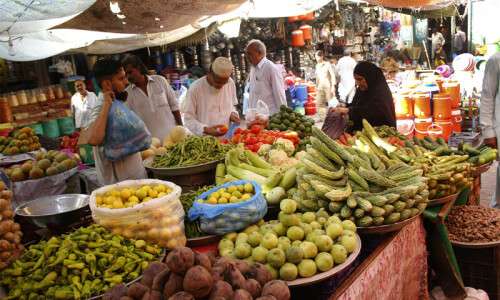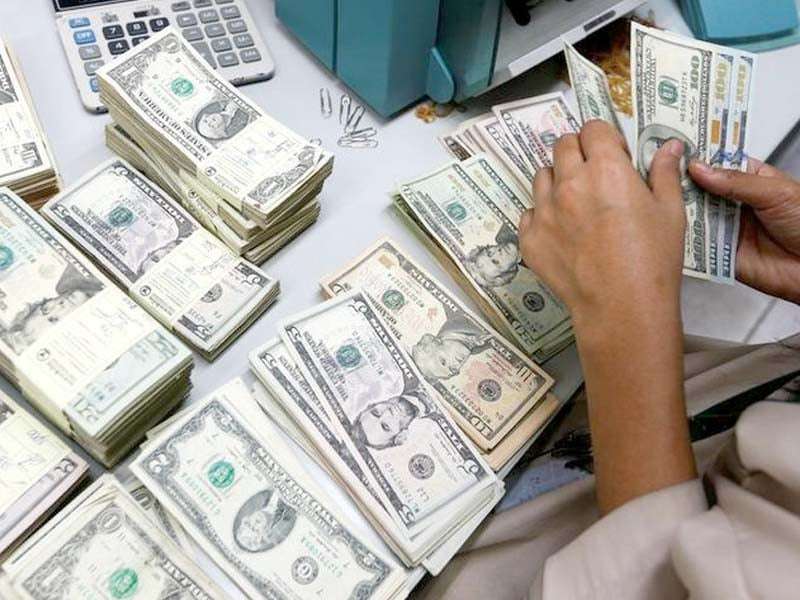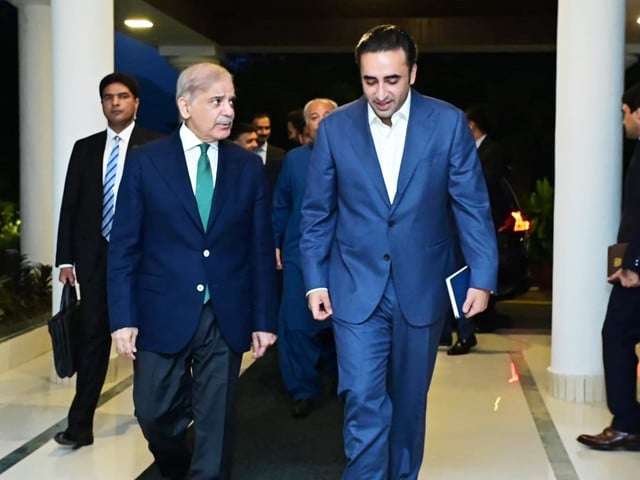In November 2024, Pakistan’s Consumer Price Index (CPI) inflation reached 4.9%, marking the lowest inflation rate in over six and a half years. This significant drop in inflation provides a stark contrast to the record-high 38% inflation experienced last year. The latest CPI figure was revealed by the Pakistan Bureau of Statistics (PBS) and is expected to influence the upcoming meeting of the State Bank of Pakistan’s (SBP) Monetary Policy Committee, which will convene on December 16, 2024, to review the policy rate.
The CPI reading for November suggests a continued trend of easing inflation, which has been consistently lowering since it peaked in 2023. This reduction is seen as a positive economic development, particularly ahead of key monetary policy decisions aimed at stabilizing the economy.
Overview of November’s CPI Inflation Data
The annual CPI inflation rate of 4.9% for November 2024 marks a noticeable decline from 7.2% in October 2024 and 29.2% in November 2023. According to the PBS, the reduction in inflation reflects efforts made by the government and the central bank to control price rises.
On a month-on-month (MoM) basis, the CPI increased by 0.5% in November, compared to a 1.2% increase in the previous month. This moderate rise further supports the notion of inflationary pressures stabilizing in the economy.
Key Observations on Inflation Trends
- Annual Inflation Trends: The year-on-year inflation rate for November 2024 is a marked improvement from last year’s high of 29.2%. This reduction is attributed to the stabilization of prices in several key sectors, including food and non-food items.
- MoM Inflation: While there was a slight month-on-month increase in prices (0.5%), it is far lower than the increase seen in October (1.2%). This suggests that inflationary pressures are continuing to ease.
- Inflation Forecast: The State Bank of Pakistan had previously indicated a cautious approach to monetary easing. Its target for inflation in the medium term is set between 5% and 7% by September 2025, which aligns with the current inflation trajectory.
What the Experts Say
Topline Securities, a Karachi-based brokerage firm, called the 4.9% CPI reading the “lowest in 78 months”. They further noted that inflation during the first five months of fiscal year 2025 (5MFY25) has averaged 7.88%, a dramatic improvement from the 28.62% inflation recorded during the same period last year.
Breakdown of Inflation by Urban and Rural Areas
Urban Inflation Trends
In urban areas, food items such as Pulse Gram (71.94%), Besan (59.13%), Pulse Moong (36.94%), and Fish (27.14%) saw significant price increases on a year-on-year basis. Non-food items that experienced price hikes include Motor Vehicle Tax (168.79%), Footwear (31.88%), Dental Services (24.51%), and Personal Effects (22.58%).
These rising costs have placed additional strain on household budgets, although the overall inflation in urban areas has been significantly lower than last year.
Rural Inflation Trends
Rural areas saw similar increases in food items, particularly Pulse Gram (69.40%), Besan (53.63%), and Pulse Moong (37.02%), with Milk Powder (26.62%) and Onions (25.04%) also becoming more expensive. Non-food items such as Motor Vehicle Tax (126.61%), Personal Effects (26.75%), and Education (22.96%) also saw notable price hikes in rural regions.
Despite these price increases, rural inflation remains significantly lower than the high levels seen in the previous year.
Month-on-Month Price Movements
Urban Price Changes in November
In November, food prices in urban areas saw significant increases, with Tomatoes (26.56%), Eggs (11.83%), and Pulse Moong (11.15%) being among the most notable increases. Other non-food items such as Footwear (12.36%) and Liquified Hydrocarbons (8.95%) also became more expensive.
Rural Price Changes in November
Similar price hikes were seen in rural areas for food items like Tomatoes (26.15%), Eggs (10.26%), and Potatoes (9.56%). Non-food items that saw price increases in rural areas include Woolen Readymade Garments (5.94%) and Liquified Hydrocarbons (5.27%).
Implications of Inflation on the Economy
Impact on Consumer Purchasing Power
While the CPI inflation rate of 4.9% is an improvement, the rising cost of food and essential goods, especially in urban areas, continues to affect the purchasing power of consumers. The sharp increases in prices of basic items like pulses, milk powder, and vegetables have hit households hard, particularly those in lower-income brackets.
Government and SBP Response
The Pakistani government and the SBP are focusing on stabilizing inflation and ensuring that it remains within manageable levels. The SBP’s cautious approach to monetary easing aims to balance inflation control with maintaining economic stability. The upcoming monetary policy meeting on December 16 will likely provide further insights into the government’s strategy for the remainder of 2024.
Long-Term Inflation Outlook
Although inflation has decreased significantly from last year’s record high, achieving the medium-term inflation target of 5-7% will require ongoing efforts from the government, the SBP, and key stakeholders in the economy. The expected inflation trajectory suggests a more stable economic environment in 2025, with inflation levels gradually returning to more manageable rates.
FAQs
1. What caused the decrease in inflation in Pakistan in November 2024?
The decrease in inflation is attributed to stabilizing prices in food and non-food sectors, along with the government’s efforts to control economic volatility. Additionally, the SBP’s cautious approach to monetary easing is helping to keep inflation in check.
2. Which items saw the biggest price increases in November 2024?
Food items such as Pulse Gram, Besan, and Pulse Moong saw significant price increases on a year-on-year basis. Non-food items like Motor Vehicle Tax and Footwear also experienced notable hikes.
3. How does the November 2024 CPI inflation rate compare to previous years?
The November 2024 CPI inflation rate of 4.9% is the lowest in over six and a half years, a significant improvement from the 29.2% inflation rate recorded in November 2023.
4. What is the SBP’s target for inflation by September 2025?
The SBP has set a medium-term target of 5% to 7% inflation by September 2025. This aligns with the current efforts to stabilize inflation and bring it down to more manageable levels.
5. What role does the SBP play in controlling inflation in Pakistan?
The SBP uses monetary policy tools, such as adjusting the policy rate, to control inflation. It has been focusing on achieving macroeconomic stability while bringing inflation within its target range.
Conclusion
The CPI inflation rate in Pakistan for November 2024 reflects positive signs of economic stabilization. The government’s strategies and the SBP’s cautious approach to monetary policy appear to be paying off, with inflation rates significantly lower than last year’s record highs. However, while inflation is easing, the price increases in essential goods continue to affect the purchasing power of consumers, especially in urban areas. The upcoming review of the monetary policy by the SBP will provide further insights into how Pakistan plans to maintain inflation within the desired range in the coming years.
SEE ALSO:



